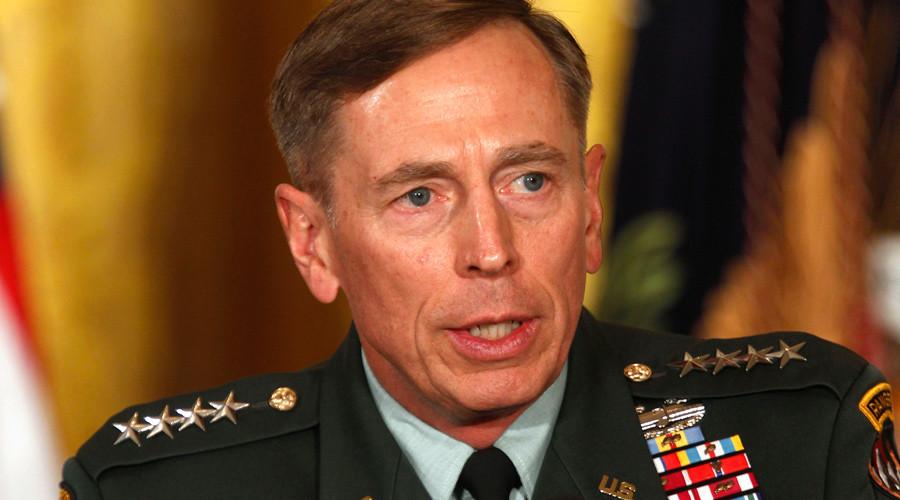US special operations forces deployed to 135 countries in 2015 - report
especiales

The US special operations soldiers are carrying out missions in up to 90 nations every day, TomDispatch reported, citing a spokesman for Special Operations Command (SOCOM), Ken McGraw.
The dramatic increase over the last five years is "indicative of SOCOM’s exponential expansion which first shifted into high gear following the 9/11 attacks," the report stated, adding that SOCOM would not “name the 135 countries in which America’s most elite forces were deployed this year, let alone disclose the nature of those operations."
TomDispatch reported that documents obtained from the Pentagon via the Freedom of Information Act outlining Joint Combined Exchange Training in 2013, suggest what Special Operations forces do on a daily basis. These include, "Combat marksmanship, patrolling, weapons training, small unit tactics, special operations in urban terrain, close quarters combat, advanced marksmanship, sniper employment, long-range shooting, deliberate attack, and heavy weapons employment," just to name a few.

The report notes that in the waning days of the Bush administration, Special Operations forces (SOF) were deployed in "only about" 60 nations across the world. But by 2010, just a year after George W. Bush had left office, this figure had already reached 75, and by 2013 it had skyrocketed to 134 nations, before hitting a new record of 135 this summer.
Up to 11,000 special operation troops are deployed or stationed outside the US each day, with many more on standby, waiting to respond in case of an overseas crisis, SOCOM commander General Joseph Votel stated earlier, according to the report. “I think a lot of our resources are focused in Iraq and in the Middle East, in Syria for right now. That's really where our head has been,” Votel told the Aspen Security Forum in July, bluntly insisting that his troops were not “doing anything on the ground in Syria.”
READ MORE: Secret US drone operation stalking ISIS in Syria – report
“At the same time we continue to provide some level of support on South America for Colombia and the other interests that we have down there. And then of course we're engaged out in the Pacific with a lot of our partners, reassuring them and working those relationships and maintaining our presence out there,” Votel added.

Special Operations Command’s funding has meanwhile more than tripled from about $3 billion in 2001 to nearly $10 billion in 2014 - “constant dollars,” according to the Government Accountability Office (GAO). This does not include funding from a number of service branches, which SOCOM estimates at around another $8 billion annually.
"GAO found that DoD [Department of Defense] has little visibility over total funding to support SOF primarily because it has not established a requirement or methodology to capture and report this information," the GAO stated, warning that until DoD has "more complete information on total funding to support SOF, decision makers will be unable to effectively identify and assess resource needs or weigh priorities and assess budget trade-offs."
While the average number of Special Operations forces deployed overseas has nearly tripled during these same years, SOCOM more than doubled its personnel from about 33,000 in 2001 to nearly 70,000 at present, TomDispatch reported.
“The key thing that SOCOM brings to the table is that we are - we think of ourselves - as a global force. We support the geographic combatant commanders, but we are not bound by the artificial boundaries that normally define the regional areas in which they operate. So what we try to do, is we try to operate across those boundaries,” SOCOM’s Votel told the Aspen Security Forum.
SEAL Team 6 has become a household name and the public face of America’s Special Operations forces after some of its members killed Osama bin Laden during a raid in Pakistan in 2011. Meanwhile, as a unit, SEAL Team 6 is “roughly 300 assault troops, called operators, and 1,500 support personnel," in other words, just the tip of an iceberg of the US' Special Operations forces, the report points out.
The creme de la creme of the US military elite is the Joint Special Operations Command (JSOC), a clandestine sub-command made up of personnel from each service branch, including SEALs, Air Force special tactics airmen, and the Army's Delta Force that "specializes in tracking and killing suspected terrorists." According to TomDispatch, members of the JSOC killed an Islamic State commander known as Abu Sayyaf during a night raid in Syria in May. They were also involved in the 2014 release of Taliban prisoner Army Sergeant Bowe Bergdahl and the capture of Ahmed Abu Khattala, a suspect in the 2012 terror attacks in Benghazi, just to name a few.













Add new comment